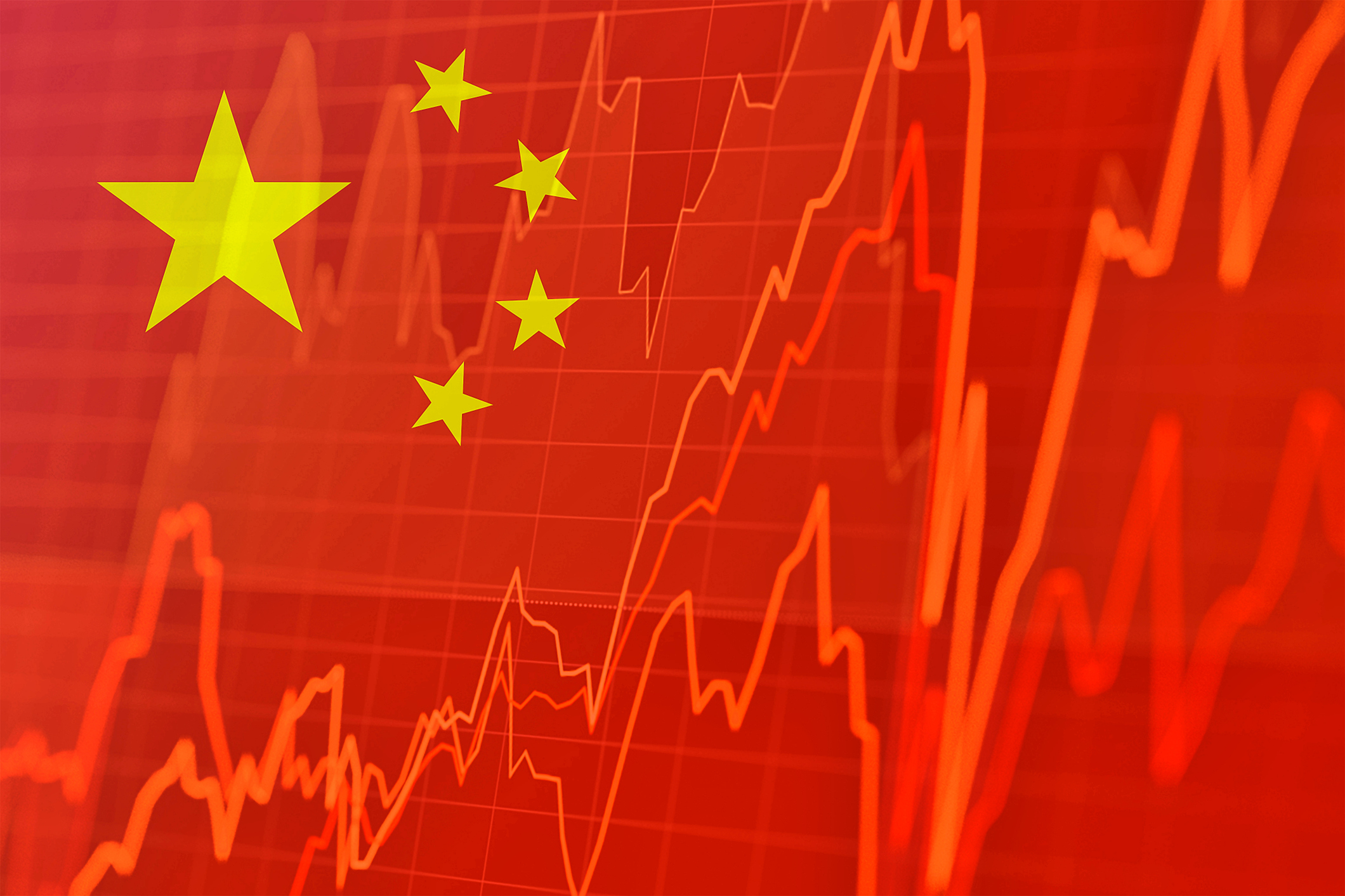Growth Stocks
The latest news, updates and opinions on Growth Stocks from the expert team here at MoneyWeek
-

Three overlooked stocks with long-term growth potential
Opinion Nisha Thakrar, investment specialist at Nedgroup Investments, selects three undervalued stocks with long-term growth potential
By Nisha Thakrar Published
Opinion -

Emerging markets boast top growth stocks at bargain prices
Opinion Lim Wen Loong, investment director at Ashoka WhiteOak Capital, selects three growth stocks where he’d put his money
By Lim Wen Loong Published
Opinion -

Should investment trusts hire new faces to fix old problems?
Opinion Changing managers often fails to boost a trust’s performance, says Max King
By Max King Published
Opinion -

Investors have overlooked some of China’s best growth stocks
Opinion Dale Nicholls, portfolio manager, Fidelity China Special Situations, highlights three Chinese businesses where he’d put his money
By Dale Nicholls Published
Opinion -

Sizzling sales at Sysco – should you invest?
The American food distribution group Sysco is expanding rapidly worldwide and is still reasonably valued
By Dr Matthew Partridge Published
-

How have the original AIM stocks performed over 30 years?
As AIM celebrates its 30th anniversary this month, we take a look at the original AIM stocks – and how they have performed. Which company has posted a 6,331% return, and which one has fallen 99%?
By Ruth Emery Published
-

The MoneyWeek portfolio of investment trusts – 2025 update
Share Tips The MoneyWeek portfolio of investment trusts was set up over a decade ago, but widening discounts have held back returns for some of our top investment trusts
By Rupert Hargreaves Last updated
Share Tips -

Should you invest in Canada?
Canada presents a compelling opportunity for investors who want to look beyond the US. Greg Eckel of Canadian General Investments highlights four favourites
By Greg Eckel Published
-

Overlooked European stocks that offer income and growth potential
Professional investor Alex Wright highlights three European stocks with recovery potential and value
By Alex Wright Published
